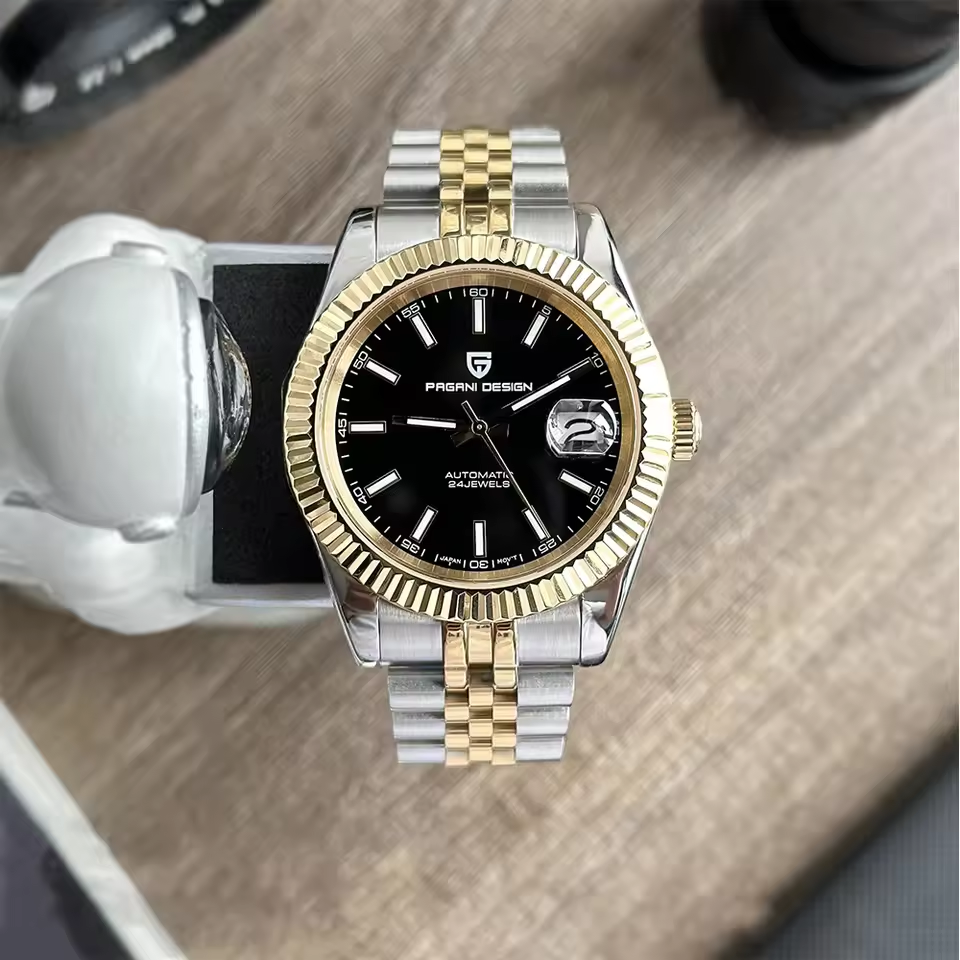For centuries, watches have adorned wrists, serving not only as functional timepieces but also as treasured accessories. Within the world of watches, two prominent categories exist: mechanical and automatic. While both boast intricate mechanisms and timeless elegance, they differ in their inner workings and user experience. Let’s delve into the key distinctions between these two captivating watch types.
Part 1: The Power Source
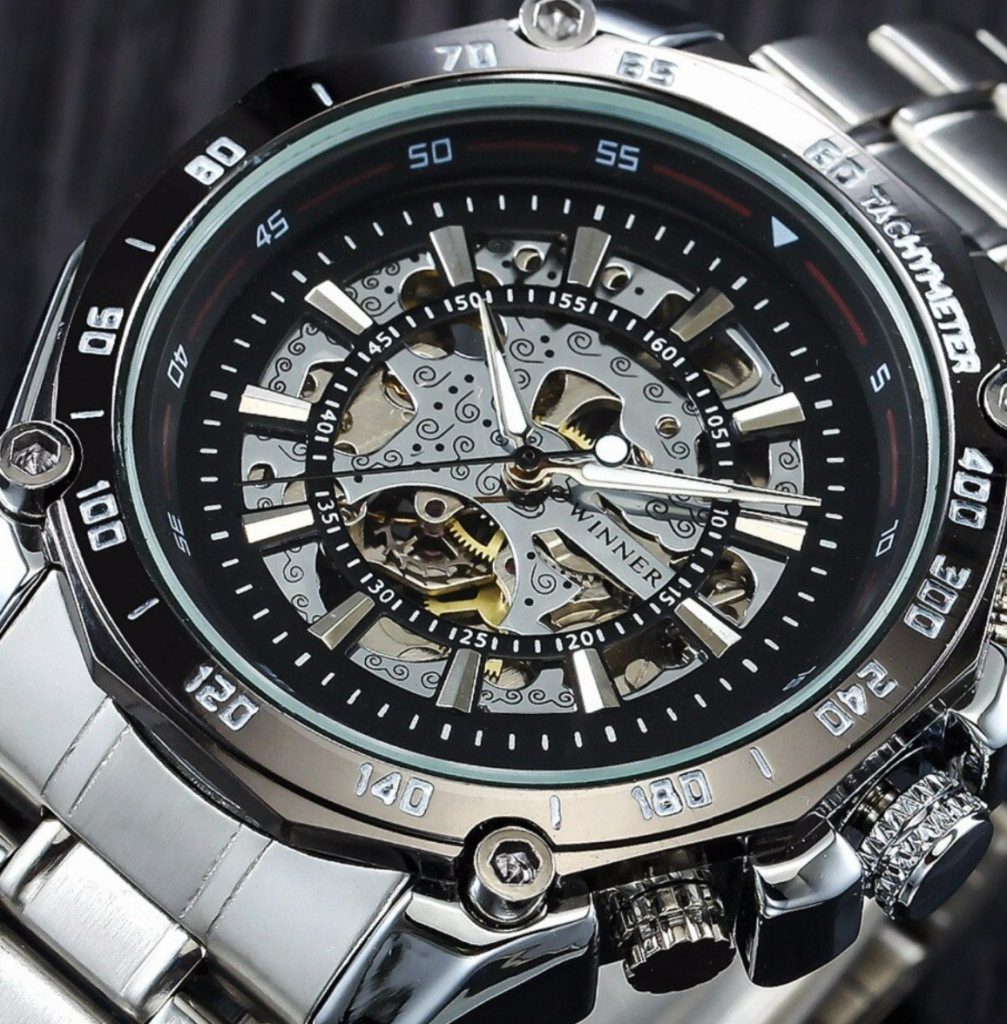
Manual Wind:
Mechanical watches are powered by a mainspring, a tightly coiled metal ribbon typically made of a special alloy like Nivarox. To keep the watch running, the wearer must manually wind the mainspring by turning the crown, a small knob on the side of the case. This winding action tightens the mainspring, storing potential energy that slowly releases to power the watch’s movement for a specific duration, typically spanning between 36 to 48 hours. The controlled and steady release of energy from the mainspring drives the intricate gear train, escapement, and balance wheel, regulating the movement of the watch’s hands. As the mainspring gradually unwinds, it indicates the need for rewinding to maintain the timepiece’s accuracy and functionality. This captivating process of winding a mechanical watch serves as a tangible connection to the watch’s heartbeat, emphasizing the hands-on and interactive nature of traditional mechanical timepieces.
Self-Winding:
Automatic watches, also known as self-winding watches, offer a more convenient approach. They utilize an internal rotor, a semi-circular weight that freely spins with the wearer’s wrist movements. As the rotor spins, it transfers kinetic energy to the mainspring. Wearing the watch regularly automatically keeps it wound. Most automatics also include a manual winding function. This situation occurs when the watch has not been worn for a while.
Part 2: Convenience and Maintenance
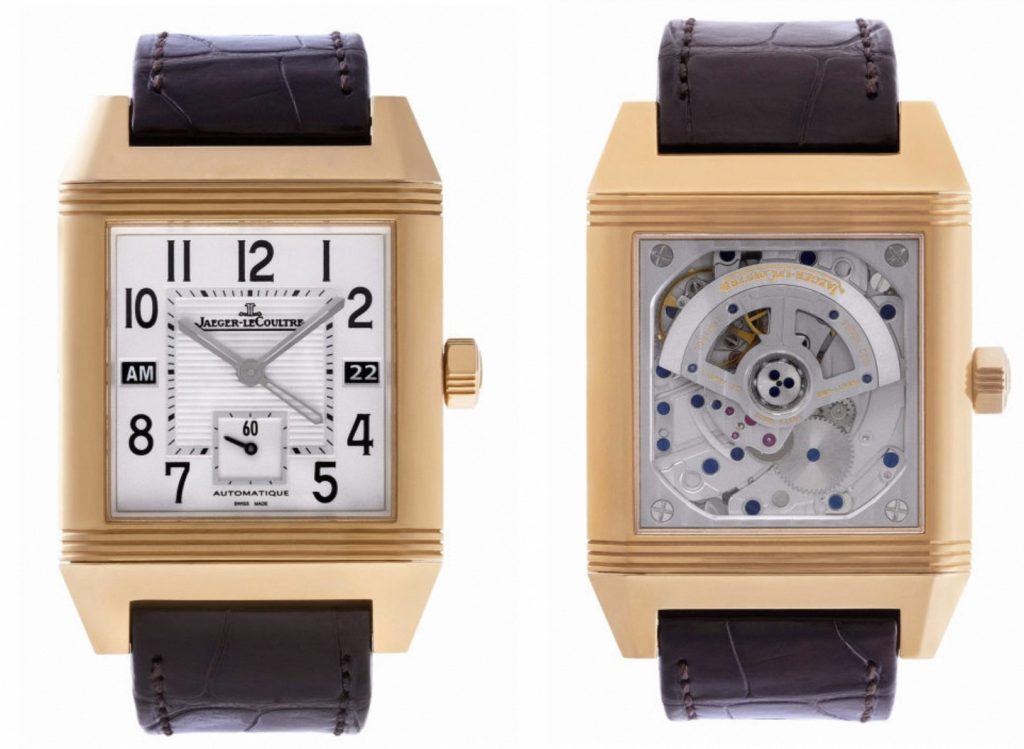
User Interaction:
Mechanical watches require a more hands-on approach compared to their automatic counterparts. The user needs to incorporate the practice of manually winding the watch into their daily routine, typically requiring attention every day or every other day to ensure it keeps running. For some individuals, this act of winding the watch becomes a cherished ritual and a reminder to appreciate the intricate craftsmanship within the timepiece.
The process of winding a mechanical watch can be seen as a connection to the tradition and heritage of horology, creating a sense of involvement in the functioning of the timepiece. This hands-on approach fosters a deeper bond between the wearer and their watch, leading to a unique appreciation for the artistry and engineering encompassed in each mechanical watch. Winding a watch provides a tactile experience that allows for engagement with the history and tradition of watchmaking, adding a layer of sentimentality and a personal connection to the timepiece.
Servicing Needs:
Both mechanical and automatic watches require periodic servicing by a qualified watchmaker to ensure their continued functionality and longevity. However, automatic timepieces might have slightly higher maintenance needs due to the additional rotor mechanism, which also increases the complexity of the movement. The frequency of servicing depends on various factors, including the quality of the watch, the specific movement inside, and the wearer’s usage patterns. Typically, mechanical and automatic watches should undergo servicing every 3-5 years to address issues such as lubrication, cleaning, and regulating the movement for optimal timekeeping accuracy. Neglecting regular maintenance can lead to increased wear, potential damage, and decreased precision in timekeeping. By adhering to a regular servicing schedule with a qualified watchmaker, wearers can ensure that both their mechanical and automatic watches continue to operate at their best, preserving their performance, reliability, and longevity for years to come.
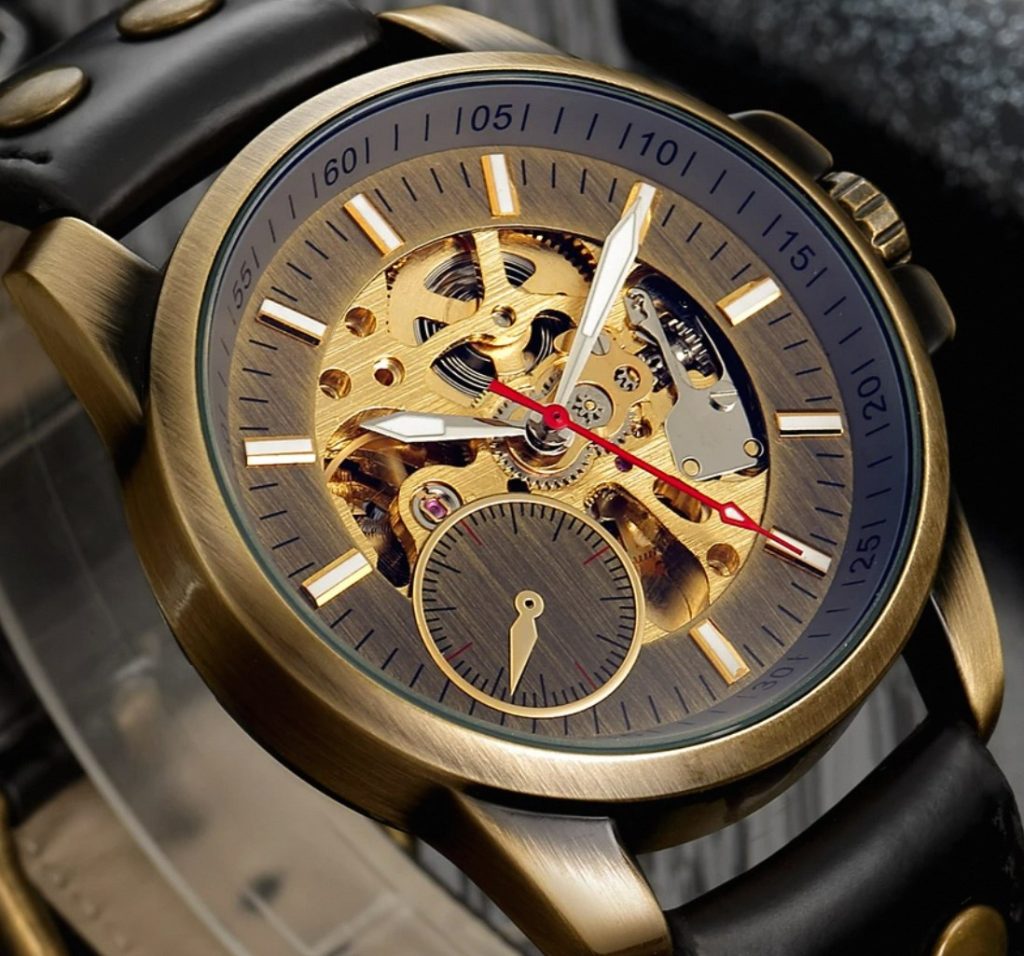
Part 3: Accuracy and Performance
Susceptibility to Variations:
Mechanical watches are traditional timepieces that can be influenced by various factors, which may cause slight variations in accuracy. For instance, the level of winding and changes in temperature can affect their timekeeping. Despite these potential influences, high-quality mechanical movements, when properly cared for and maintained, can still exhibit excellent accuracy and precision. When compared to their counterparts, automatic or quartz watches, mechanical watches may require more attention and care, but many enthusiasts appreciate their intricate craftsmanship and the artistry involved in their design. Furthermore, the artisanal quality and the heritage associated with mechanical watches often contribute to their enduring appeal and timeless charm. Overall, although they may require a bit more attention, a well-crafted mechanical watch can still provide exceptional accuracy and reliability for those who appreciate the art of traditional watchmaking.
Power Reserve:
Automatic watches, also known as self-winding watches, are renowned for offering a longer power reserve compared to their mechanical counterparts. While both categories generally have a power reserve of around 36-48 hours, automatic timepieces can potentially keep running for extended periods if worn consistently. The natural motion of the wearer’s arm winds the watch’s mainspring, replenishing its power reserve. This extended power reserve can be advantageous for wearers who may not wear their watch daily, as the continuous movement ensures the watch remains powered. Thanks to their extended power reserve, automatic watches offer users a reliable timekeeping option even if they do not wear the watch every day. Consequently, for individuals who appreciate a timepiece that retains accurate timekeeping even with intermittent wear, the longer power reserve of automatic watches can be highly beneficial.
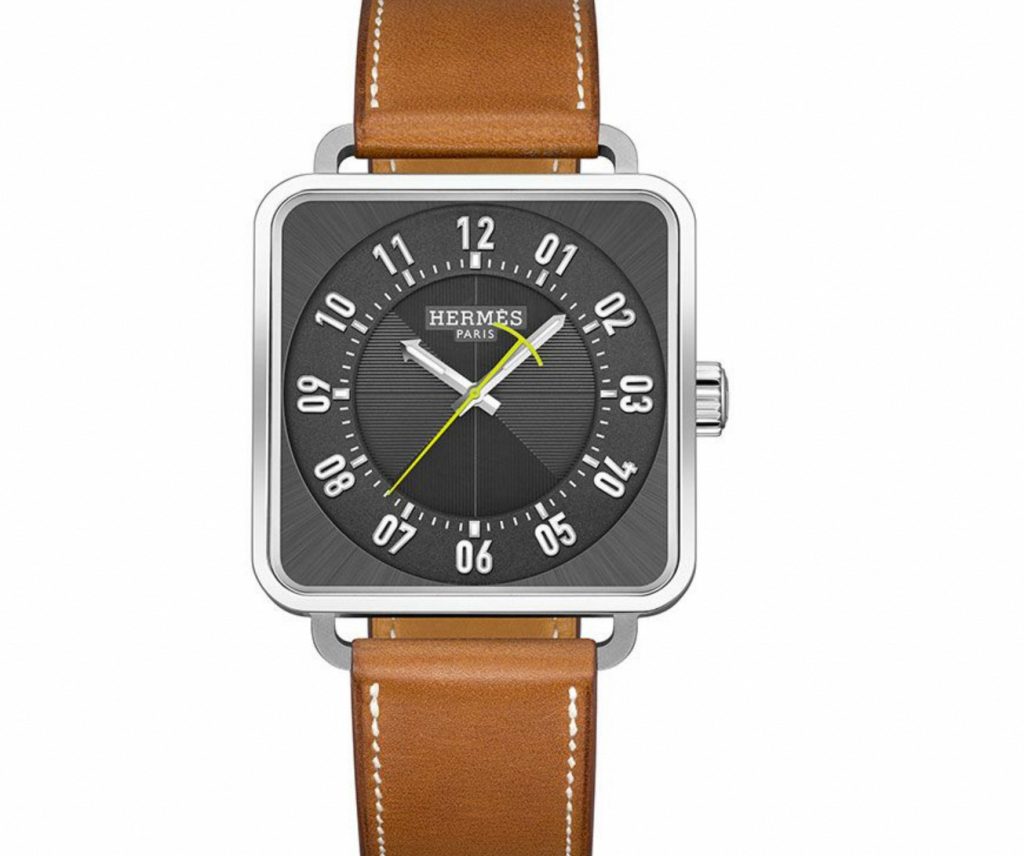
Part 4: Style and Preference
Aesthetics and Appeal:
Both mechanical and automatic watches offer a wide range of styles and designs to suit various tastes. Due to the absence of a rotor, people might prefer mechanical watches for dress watches because they are often thinner. Automatic watches, on the other hand, can have a more robust build and showcase the intricate workings of the rotor through an exhibition case back.
Choosing Your Watch:
Ultimately, the choice between a mechanical and automatic watch boils down to personal preference. Consider your lifestyle and watch-wearing habits. If you enjoy a hands-on experience and appreciate traditional charm, you might find a mechanical watch to be the perfect fit. If convenience and practicality are your priorities, an automatic watch might be the better choice.
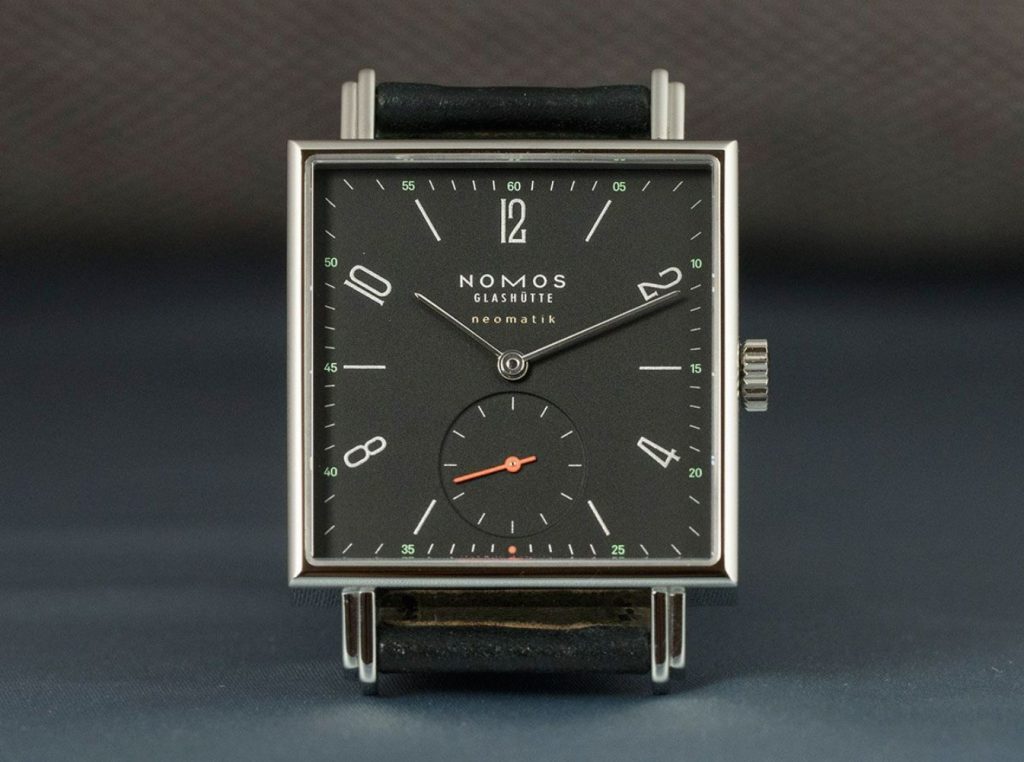
In conclusion, both mechanical and automatic watches offer a captivating blend of functionality, artistry, and history. Understanding the differences between their power sources, user interaction, and performance allows you to make an informed decision when selecting your ideal timekeeping companion. Whether you choose the classic ritual of winding a mechanical watch or the effortless convenience of an automatic, you’ll be wearing a piece that embodies centuries of watchmaking tradition.




